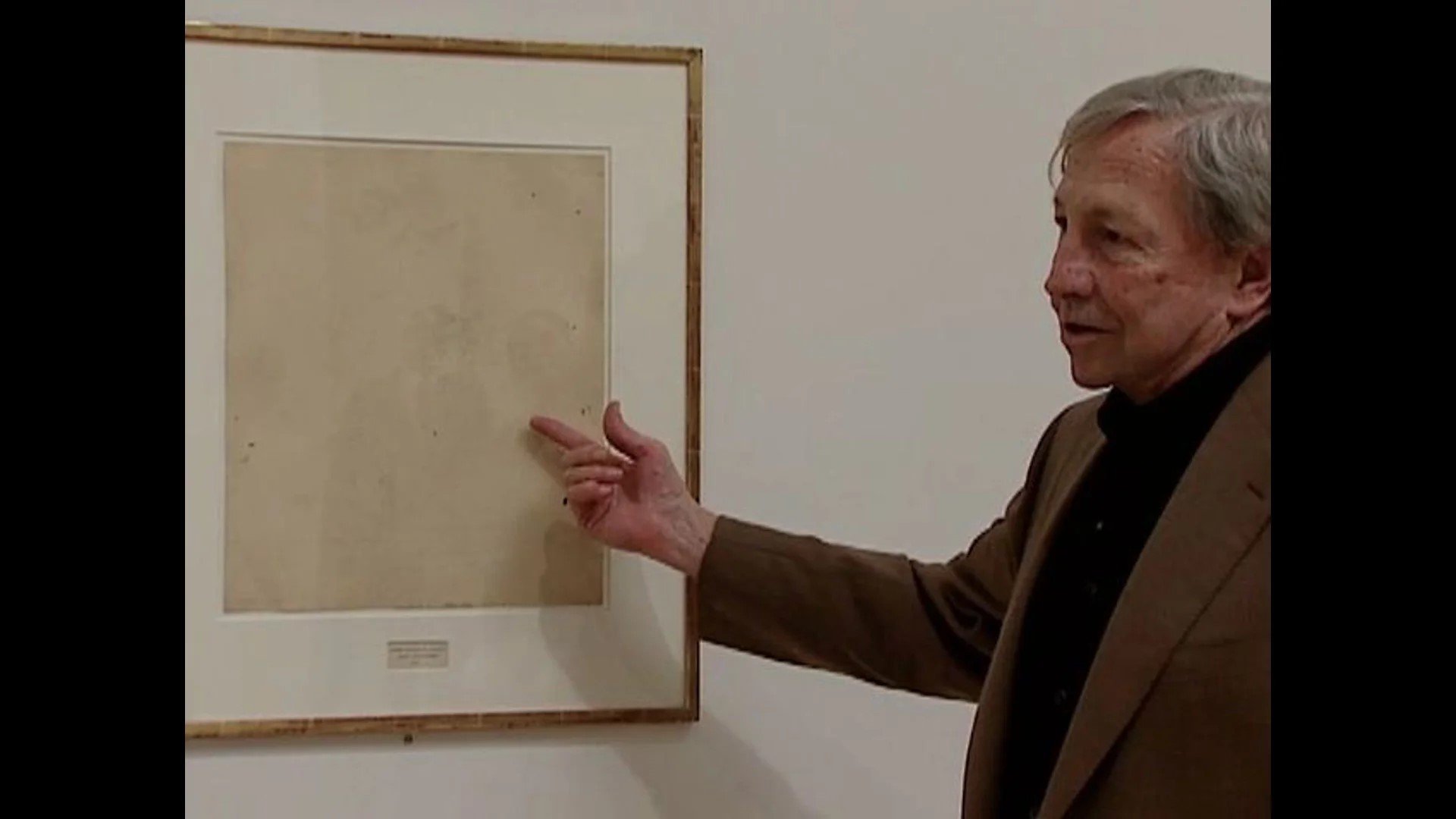Neo-Dadaism: The Radical Artistic Movement of the 20th Century
art, learn
Robert Rauschenberg dialogue centered around Erased de Kooning Drawing San Francisco Museum of Modern Art (SFMOMA) Photo SFMOMA Courtesy, May 6, 1999 - Video edited by Richard Robertson, 2012
In the fervent and transformative landscape of the 1950s and 1960s, a group of audacious artists emerged, boldly positioning themselves at the crossroads between the abstract expressions championed by the modernist avant-gardes and the burgeoning objectification of art within the emerging realm of popular culture. This artistic phenomenon, known as Neo-Dadaism, encapsulated a spirit of intervention, experimentation and critical inquiry that reverberated through various mediums including visual arts, music, and cinema.
Neo-Dadaism, with its roots entwined in multiple languages of expression, took form as performative acts that cast a probing gaze upon the societal role of art itself. While its precursor, Dadaism, had wielded a potent political stance during the throes of the First World War, Neo-Dadaism's focus shifted to the consumer-driven ethos that defined the post-war era.
Drawing inspiration from the lineage of Marcel Duchamp and his groundbreaking concept of the readymade, Neo-Dadaists harnessed the power of collages, assemblages, and appropriations to craft their works. This new vanguard seamlessly melded industrial materials with media imagery, harnessing photography to create bewildering superimpositions that often defied conventional interpretations. Unlike their Dadaist predecessors who placed greater emphasis on the conceptual genesis of their works, Neo-Dadaism manifested a pronounced emphasis on the formal outcome of the artistic endeavor.
In a pivotal turn of events in 1951, the American painter Robert Motherwell compiled a seminal anthology showcasing the foundational works of Dadaist artists, thereby inviting a fresh generation to revisit and reinterpret these revolutionary ideas. Concurrently, the composer John Cage extended the notion of the readymade into the realm of music, sparking a dynamic fusion between sound and conceptualism. These pivotal moments set the stage for Neo-Dadaism to burgeon, particularly within the North American context. Among the luminaries of this movement on this geographical canvas, names like John Clientertain and Robert Rauschenberg held sway. Their artistic efforts, epitomized by the assemblage of ordinary objects and a medley of mediums, probed the pulse of modern cities and the burgeoning tide of consumerism, intertwining their discourse with the burgeoning Pop Art movement.
Not confined to one locale, the 1960s witnessed Neo-Dadaism gaining momentum in various global corners. Groups such as the Neo-Disita Organizas orchestrated performances reminiscent of the famed Cabaret Voltaire, the birthplace of Dadaism, in Zurich. Meanwhile, on the Soviet stage, the collective known as "Flue" emerged in 1964 in Germany, its members including influential figures like the German phys and well-tell, Koh Nam. As inheritors of Marcel Duchamp's legacy, these artists embraced an approach that elevated mundane objects to the echelons of artistry, resonating with Duchamp's revolutionary stance on the creative process. The movement’s tapestry, woven with threads of music, cinema, and dance, unfurled through performances, happenings, and audacious installations.
Diverging from Dadaism's enigmatic and elusive artistic creations, Neo-Dadaism embarked on a different trajectory. Instead of distancing the audience from the artwork, Neo-Dadaists embraced the familiar and the quotidian, aiming to democratize the artistic experience. By harnessing the image of the everyday and infusing it with a pronounced populist intent, this movement sought to foster a democratic engagement with art, one that beckoned a departure from purely conceptual interpretations.
In the annals of art history, Neo-Dadaism stands as a vivid testament to the transformative power of creativity. It bridges the chasm between the ephemeral and the enduring, inviting us to contemplate not just the artwork itself, but the societal currents that propelled it into being. Through the lens of Neo-Dadaism, the complex interplay between artistic expression and the pulse of society takes center stage, offering a thought-provoking prism through which we can unravel the intricate tapestry of our culture's evolution.






















A stark contrast between the public image of tradition and civic pride, and the reality of a city grappling with profound economic and social inequality.